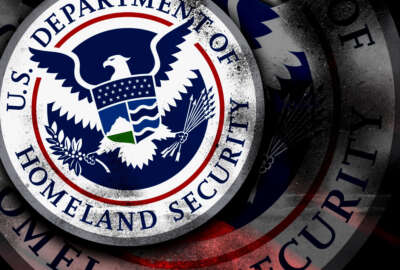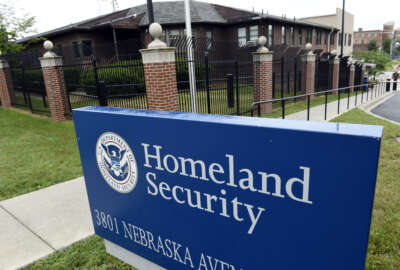
Piecemeal approach to DHS still main roadblock to unity
The DHS Office of Inspector General listed nine management and performance challenges for the department in 2015. Better acquisition, financial management, IT and...
Better acquisition, financial and IT management are among the Homeland Security Department’s top nine challenges in 2015, according to an annual report from the DHS inspector general.
But the DHS’ biggest management challenge might rest in how some members of the department, Congress and the public view each of the 22 component agencies as separate entities with their own shortcomings.
“As much as we got criticized for our lack of improved integration between all the components, typically these reports, and I think this IG report is an example of that, mostly — but not exclusively — look at the department piecemeal,” said Rafael Borras, a partner at A.T. Kearney and former undersecretary for management at DHS. “A specific weakness at Coast Guard, something bad at ICE, a deficiency at FEMA, etc., as opposed to an enterprise view of the structural problems at the department. It could be because it’s very difficult to get to the root cause.”
The Reports Consolidation Act of 2010 requires that inspectors general update their respective agencies’ major management and performance challenges annually. Often these reports serve as more of a summary of the audits an OIG has completed throughout the year.
The DHS Office of Inspector General described the nine challenges as “areas of most persistent concern” for the department.
The major challenges are:
- DHS management and operations integration
- Acquisition management
- Financial management
- Information management and technology
- Transportation security
- Border security and immigration enforcement
- Disaster preparedness and response
- Infrastructure protection and security
- Employee accountability and integrity
“Without adequate oversight and understandable guidance, streamlined processes and reliable data and the right technology, the department risks duplication of effort, poor stewardship of taxpayer dollars and investments that are not cost effective. Without these elements, the department’s strongest asset — its people — may not be able to help DHS accomplish its vital mission most effectively and efficiently,” Inspector General John Roth wrote.
But these annual management updates often lack context, said Chris Cummiskey, CEO of Cummiskey Strategic Solutions and former DHS deputy undersecretary for management.
“They tend not to recognize the state the department is in and where it came from,” he said. “When you look at the inception of the department, it comes together with a collection of established and new entities. You’re going to have some growing pains. And 12 years in, you’re seeing that. The Coast Guard being founded in 1790, and the Secret Service in 1865, sitting next to TSA that’s brand new, you’re going to have inequities in terms of how the programs are managed and actually executed.”
Tying disparate agencies together, each with their own history and culture, is a theme that Secretary Jeh Johnson introduced in 2014 as part of his “Unity of Effort” initiative.
“What he [Johnson] has done there is attempting to combat the tendency of both the organization and from externally, from the overseers, to be able to constantly want to look at the department through its parts rather than its whole,” Borras said.
The IG cited Johnson’s initiative as a factor the department should consider as it moves forward with the “management and operations integration” challenge. The report described it as “a positive step toward achieving this cultural change.”
But “unity” can apply to all of DHS’ challenges. The department should look for the underlining root causes, the common denominators within all the components, Borras said.
“It’s hard to step back and say, are there common deficiencies,” he said. “For example: the lack of a modernized IT infrastructure, which provides a good backbone for the entire department so that everyone is pulling data from the same maturity of systems, so you can have if not real time, more real time, access to data to be able to improve decision making. Those things get lost when we look at the department piece by piece.”
Cummiskey said DHS is making progress in seeing a new project through all four stages of the acquisition life cycle: strategy and planning, capabilities and requirements, resourcing and procurement and oversight.
But some older legacy programs that precede the creation of the department itself are often in different stages of the acquisition life cycle, Cummiskey said.
“That’s often where the recommendations come in, is that you don’t have a repeatable process that can be used every time,” he said. “But what you’re seeing is that programs are sitting in different buckets of those four different boxes. You’re not going to have the uniformity that the auditors like to see.”
Copyright © 2024 Federal News Network. All rights reserved. This website is not intended for users located within the European Economic Area.
Nicole Ogrysko is a reporter for Federal News Network focusing on the federal workforce and federal pay and benefits.
Follow @nogryskoWFED






